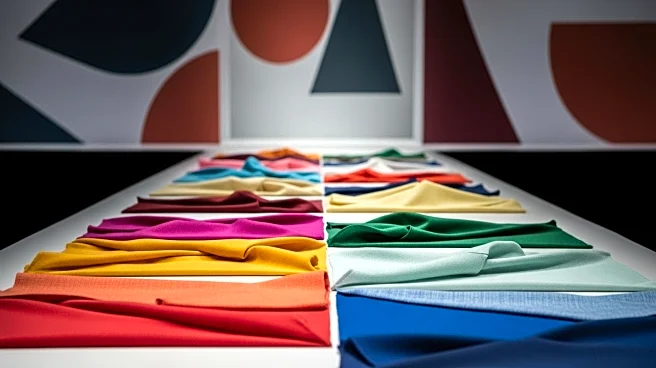What's Happening?
Manolo Blahnik, renowned shoe designer, reflects on his career and creative process in an interview from 1993. Known for his energetic and dynamic personality, Blahnik has been a significant figure in the fashion industry, designing shoes for high-profile clients such as the Princess of Wales and Madonna. He has received multiple awards, including recognition from the British Fashion Council and the Council of Fashion Designers of America. Despite his fame, Blahnik remains focused on maintaining the quality and timeless style of his designs, preferring to keep his operations small and controlled. His approach combines traditional shoe-making techniques with modern advancements, ensuring his creations remain in demand.
Why It's Important?
Manolo Blahnik's influence in the fashion industry highlights the importance of creativity and quality in design. His ability to maintain a timeless style while adapting to modern techniques sets a standard for other designers. Blahnik's work not only impacts fashion trends but also contributes to the industry's economic landscape, as his designs are sought after globally. His dedication to perfection and innovation serves as an inspiration for emerging designers, emphasizing the value of craftsmanship and artistic integrity in a competitive market.
What's Next?
Blahnik plans to continue his work in shoe design, focusing on new collections that blend whimsical elements with classic styles. He remains committed to overseeing production and ensuring the quality of his designs. As he explores new motivations and challenges, Blahnik's future endeavors may include expanding his influence in other areas of design, potentially impacting broader fashion trends and industry standards.
Beyond the Headlines
Blahnik's career reflects broader themes of artistic dedication and the pursuit of excellence. His story underscores the cultural significance of fashion as an art form and its role in shaping societal perceptions of style and elegance. The ethical considerations of maintaining quality in mass production environments also emerge, highlighting the balance between commercial success and artistic integrity.











